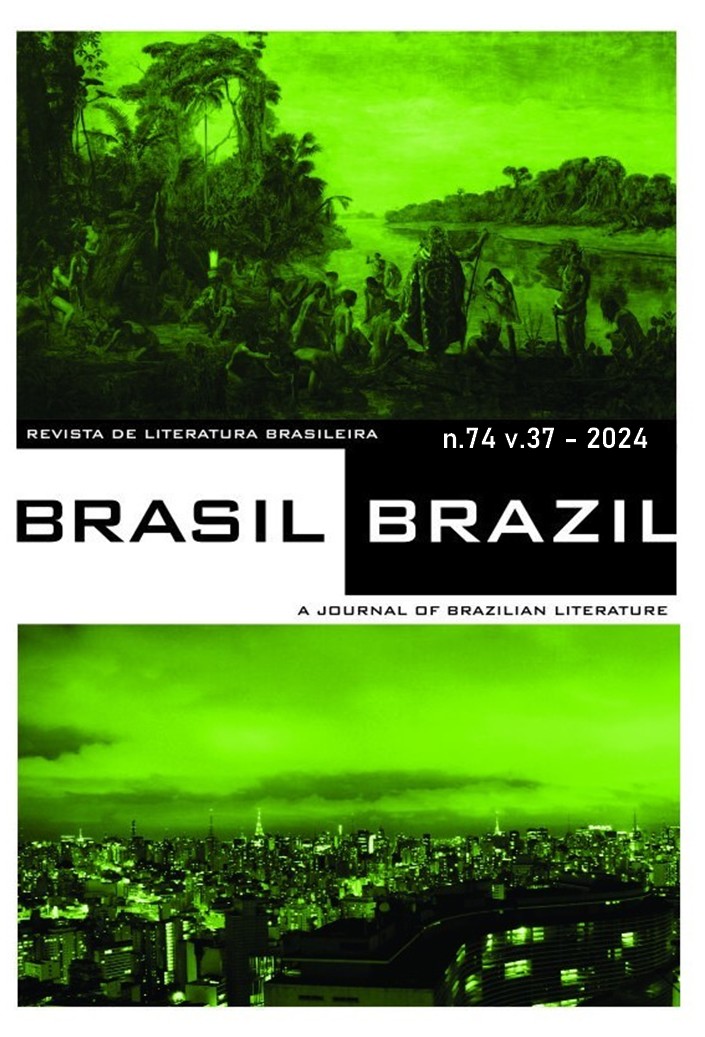FUNÇÃO ALEGÓRICA DE PERSONAGENS EM ESAÚ E JACÓ
Resumo
RESUMO: Este artigo analisa personagens de Esaú e Jacó, a partir da ideia de que são concebidas como alegorias de grupos da sociedade brasileira do século XIX. A caracterização das personagens expõe a crítica machadiana sobre a sociedade e sobre aspectos da política desse período da história do Brasil. Entre as personagens salientam-se os irmãos gêmeos, Pedro e Paulo, em constante oposição, figurando a divisão da país; Santos e Batista, agentes políticos, que lutam por seus próprios interesses, sem pensar na coletividade; Flora, em constante embate consigo mesma, é uma alegoria da nação brasileira e da incompletude humana. A narrativa evidencia, por meio da linguagem, elementos importantes da formação da política brasileira e revela traços identidários de indivíduos e de grupos sociais. A leitura de Esaú e Jacó cumpre com o propósito da literatura de estabelecer um diálogo entre o contexto da realidade representada e aquele em que o leitor se situa, possibilitando-lhe a sua apreensão crítica.
PALAVRAS-CHAVE: Esaú e Jacó; Machado de Assis; Representação político-social.
ABSTRACT: This article analyzes characters from Esau and Jacob, based on the idea that they are conceived as allegories of groups in Brazilian society in the 19th century. The characterization of the characters exposes Machado's criticism of society and political aspects of this period in Brazilian history. Among the characters, the twin brothers, Pedro and Paulo, stand out, in constant opposition, figuring the division of the country; Santos and Batista, political agents, who fight for their own interests, without thinking about the community; Flora, in constant conflict with herself, is an allegory of the Brazilian nation and human incompleteness. The narrative highlights, through language, important elements of the formation of Brazilian politics and reveals identity traits of individuals and social groups. Reading Esau and Jacob fulfills literature's purpose of establishing a dialogue between the context of the represented reality and that in which the reader is located, enabling him or her to critically understand it.
KEYWORDS: Esau and Jacob; Machado de Assis; Political-social representation.


